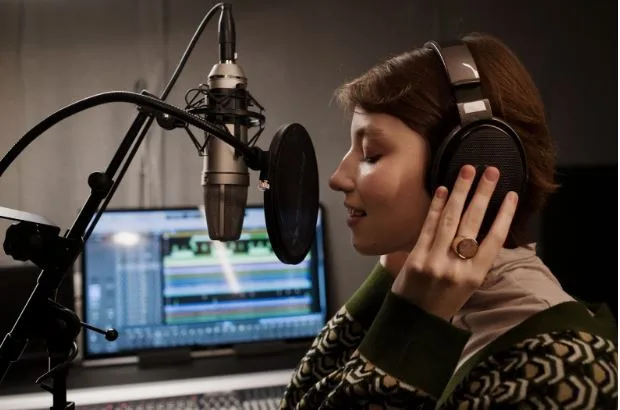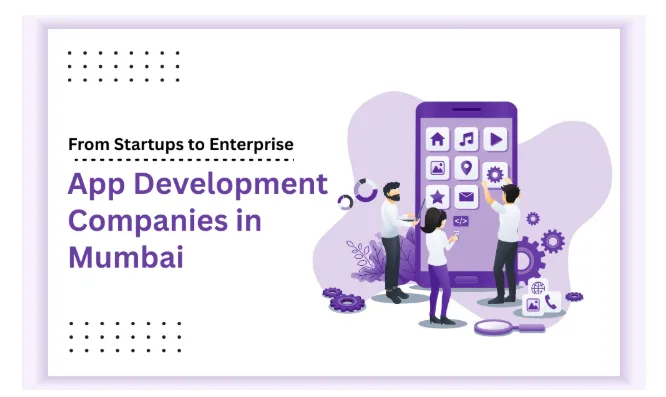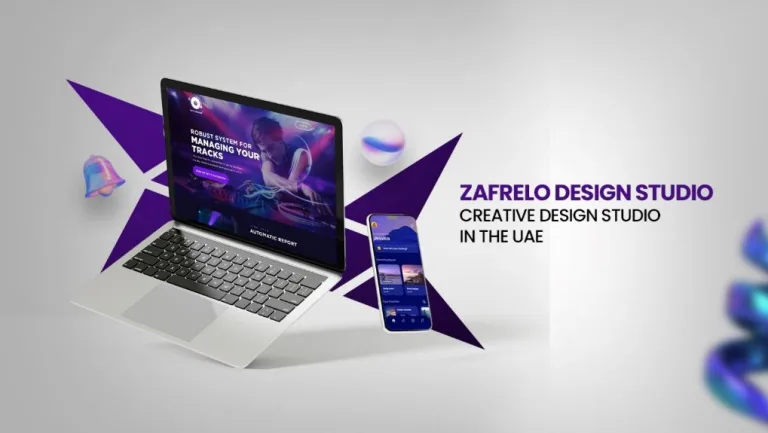Breaking Language Barriers with AI Dubbing Technology
Imagine watching your favorite video in your native language, even if it was originally produced halfway across the world. That’s the promise of AI dubbing—a groundbreaking technology that is reshaping how we consume and share content globally. With the power to translate and replicate voices across multiple languages, AI has opened the door to seamless international communication in the digital space.
From entertainment and education to corporate training and online marketing, AI-driven tools are now making it possible for creators to reach global audiences without traditional voiceover teams. This isn’t just a matter of convenience—it’s a transformation that saves time, reduces costs, and makes media more inclusive.
What Is AI Dubbing?
AI dubbing is the process of using artificial intelligence to automatically translate spoken content from one language into another, generating realistic synthetic voices that sound natural and emotionally expressive. What sets it apart from traditional methods is the speed and precision with which it can operate. Instead of hiring voice actors and spending hours syncing audio, AI dubbing tools can create voiceovers in minutes.
More than just text-to-speech, these systems often use neural networks trained on vast datasets to replicate intonation, pacing, and even lip-sync for video. This results in output that feels authentic—an essential factor when you’re trying to engage audiences in different regions of the world.
Not only does AI dubbing streamline the localization process, but it also democratizes it. Small content creators, educators, startups, and nonprofits now have access to tools that were once available only to large studios with big budgets.
The Power of AI Video Dubbing
When it comes to visual content, AI video dubbing takes things a step further. It doesn’t just replace the audio—it adapts the voice to match the mouth movements of the speaker on screen, creating a much more immersive experience. Watching a video dubbed this way feels natural, not jarring or forced.
For platforms such as YouTube, e-learning portals, and online marketing channels, this technology is incredibly powerful. It allows a single video to be shared across dozens of regions without compromising quality. A training video for a product, for example, can be dubbed into French, German, Japanese, and Spanish—all without having to re-record the entire thing with multiple actors or translators.
AI video dubbing also makes content more engaging for viewers. Instead of relying on subtitles or awkward voiceovers that don’t match the speaker’s lips, audiences get a clean, synchronized experience that feels original. This level of polish is especially important in sectors like film, education, and business communications.
Real-World Applications Across Industries
The versatility of AI dubbing is what makes it truly revolutionary. In the entertainment industry, streaming platforms are using this technology to localize movies and series quickly. Independent filmmakers can now afford to release content in multiple languages, expanding their reach significantly.
In education, online courses are being dubbed into several languages to reach students in remote areas or those who don’t speak the original language fluently. By making learning materials more accessible, AI dubbing plays a crucial role in global education efforts.
Corporate training videos, marketing materials, and explainer videos also benefit greatly. Instead of creating different versions of a video from scratch, companies can create one high-quality master version and dub it for various markets. This improves brand consistency while reducing time-to-market for international campaigns.
Healthcare, travel, and even government agencies have started adopting AI video dubbing to communicate with diverse communities. When information is urgent—like during a public health campaign or a natural disaster—speed and clarity are vital. AI makes it possible to communicate fast and effectively in many languages.
Advantages Over Traditional Dubbing
One of the standout benefits of AI dubbing is cost reduction. Hiring professional dubbing teams is not only expensive, but also slow. Coordinating voice actors, studio sessions, translators, and editors takes time and resources. For companies and individuals working under tight budgets and deadlines, AI solutions offer a streamlined, efficient alternative.
Another advantage is scalability. Once a video is uploaded to an AI dubbing platform, it can be duplicated into as many languages as needed—often with just a few clicks. This is game-changing for global content strategies.
Speed is also a major perk. A process that would normally take days or even weeks can now be accomplished in hours. For content that needs to go live quickly—like news, event recaps, or product announcements—AI dubbing delivers fast results without sacrificing quality.
Challenges and Considerations
While AI dubbing offers incredible promise, it’s not without its challenges. Machine translations can sometimes miss cultural nuances or idiomatic expressions, so some human oversight may still be necessary, especially for highly sensitive or technical content.
Voice authenticity is another consideration. Although AI-generated voices are getting more lifelike, certain emotional subtleties can still be hard to replicate. That said, advancements in voice cloning and emotional AI are narrowing that gap quickly.
Data privacy is also important. When working with voices—especially cloning or mimicking a real person’s tone—it’s crucial to ensure proper permissions and ethical usage. Reputable platforms take these issues seriously, offering secure environments and consent-based models.
The Future Is Multilingual
As AI technology continues to evolve, we can expect AI video dubbing to become an essential part of content creation and distribution. Imagine a world where your favorite creators, educators, or brands can speak directly to you in your own language—without delay or awkward translations.
This technology is not only enhancing communication; it’s also promoting inclusivity by giving voice to people from different linguistic backgrounds. Whether you’re a startup founder, online teacher, or digital content creator, AI dubbing opens up global opportunities like never before.
Ultimately, the real magic of AI isn’t just in automation—it’s in connection. It allows us to tell stories, share knowledge, and do business across languages and cultures with greater ease and authenticity. And as the technology matures, that connection will only grow stronger.





